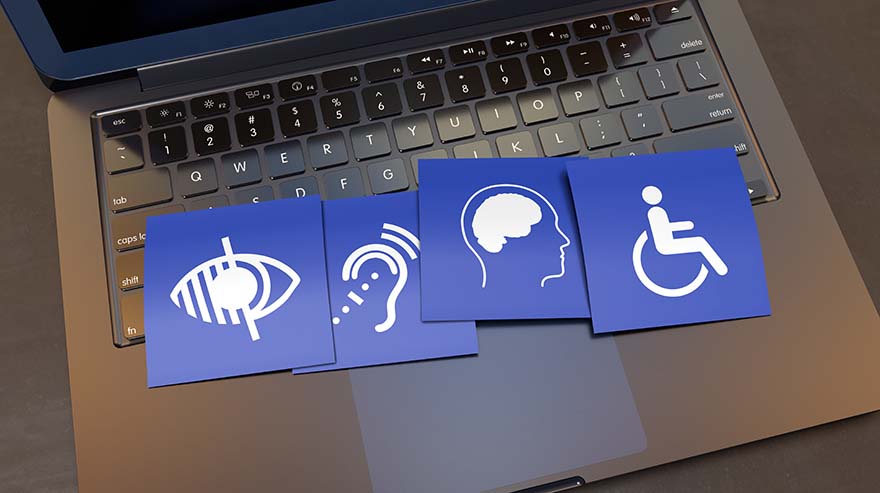Mentoring is a form of professional development available to all Metropolitan State University of Denver employees, and a new tool is available in Workday to keep track of it all. By using the Workday Mentorship feature within the Talent section, employees can document all mentorship activities and in return is a great way to record professional goals and aspirations.
Logging and tracking employee mentorship relationships also reinforces the University’s commitment to professional development and to enhancing an inclusive leadership environment, allowing leaders to lead from all levels.
Why employees should use this resource
“Mentoring and connections help employees learn from each other and share knowledge,” said Charles Kibort, director of Human Resources Operations and Strategy. “Through the Workday mentorship-and-connections framework, employees can establish meaningful relationships, helping them feel more engaged and connected.”
The Office of Human Resources wants to capture mentoring activities at the University, whether they are formal experiences or happening organically. Documenting and tracking the full breadth of professional-development opportunities in which employees participate and provide to others is another way to demonstrate an employee’s growth and contributions.
Additionally, documenting and cataloging mentorship experiences in one location helps HR and the University identify mentorship opportunities and gaps, Kibort said.
How to log mentoring activities
HR defines mentorship as a reciprocal, professional working relationship in which two individuals work together to support the personal and professional growth and success of an employee (the mentee).
In the Find Mentor job aid, employees can see the types of mentorship opportunities the University hopes to capture and can select the type that best reflects their mentoring relationship(s):
- BIPOC Affinity Mentor
- Career Mentor
- Faculty Mentor
- Job Mentor
The Find Mentor job aid also shows employees how to easily find, add and edit mentoring opportunities.
Types of mentoring to log
“Most often, mentoring is individual, occurring between a senior- and junior-level employee, but sometimes it may be reverse mentoring where a more junior employee has skills and competencies that a more senior employee can benefit from,” said Kibort. “But in some cases, mentoring can happen between peers or even in a group setting.”
Mentorship can occur through formal programming or be informal and self-initiated.
Mentorship examples include:
- Meeting consistently with a colleague or peers to discuss professional and career-driven topics.
- Attending group meetings, such as an affinity group or professional organization meetup, where peers and/or colleagues share experiences and/or tips that may be helpful to achieving personal or professional goals.
- Being matched — for instance, when new faculty members are matched within colleges or departments.
- Faculty members attending or being a part of The Tenure Track Supper Club.
For questions, please email [email protected].







